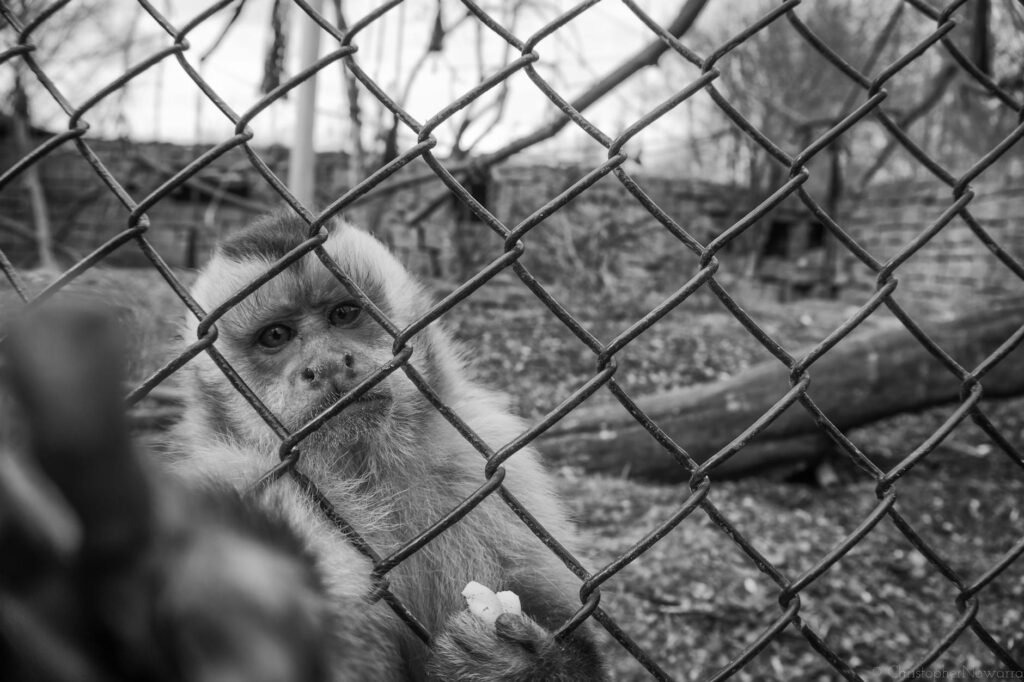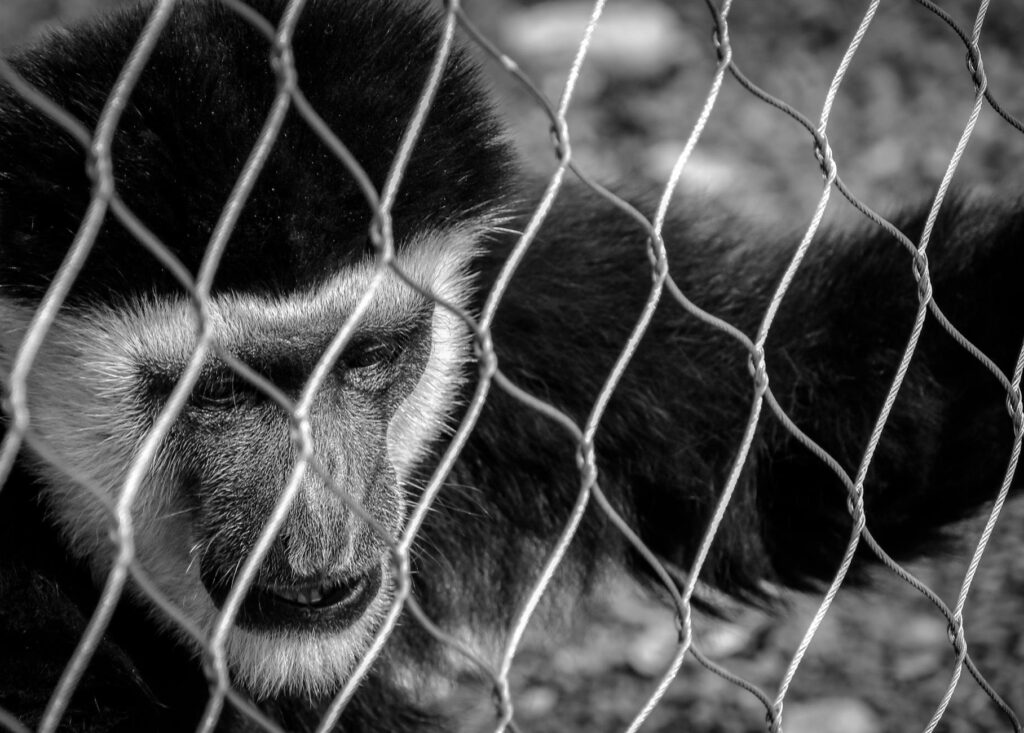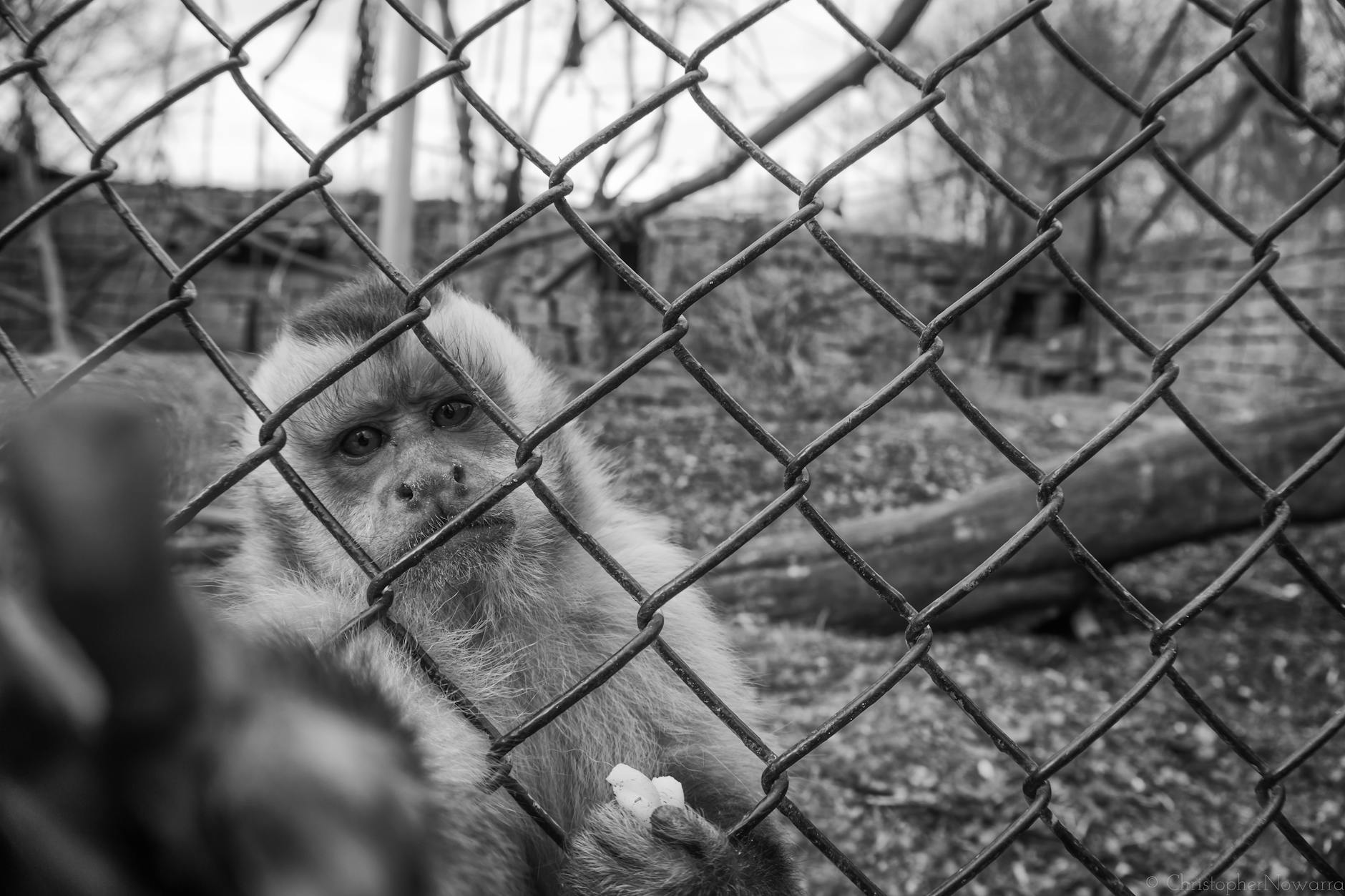The internet is a wild place, and sometimes the weirdest things take off and become viral sensations. Reaction monkey memes, with their expressive faces and relatable situations, are a prime example. But what is it about these seemingly simple images that has captured our collective imagination? Let’s delve into the psychology behind their appeal.
Understanding the Appeal of Reaction Monkeys
Reaction monkey memes typically feature a monkey expressing a range of human emotions, from surprise and excitement to anger and frustration. Their wide-eyed expressions and exaggerated poses create a visual shorthand for understanding complex feelings. This simplicity is a key factor in their virality. They’re easy to understand and relate to, regardless of your background or cultural context. 
The Power of Relatability
The core reason for the success of reaction monkey memes is their relatable nature. We all experience a wide spectrum of emotions in our daily lives, and these memes provide a humorous and non-threatening way to acknowledge those feelings. Seeing a monkey perfectly capture the feeling of utter exasperation after a long day at work, for instance, creates a sense of shared experience and community. This shared experience is a fundamental driver of meme culture.
Emotional Contagion and Mirroring
Another important element is the concept of emotional contagion. When we see someone expressing an emotion, we often unconsciously mirror that emotion ourselves. The exaggerated expressions of the reaction monkeys can trigger this mirroring effect, making us feel the emotion being portrayed, even if just for a fleeting moment. This intensifies the meme’s impact and creates a more memorable experience. Research on emotional contagion supports this idea.
Humor and Catharsis
Many reaction monkey memes are inherently funny. The juxtaposition of a monkey expressing a human emotion can be inherently humorous, especially when the emotion is relatable or exaggerated. This humor serves as a form of catharsis, allowing us to laugh at our own imperfections and anxieties. We can find release through identification with the monkey’s emotional state, reducing stress in a fun and accessible way. 
Memes as Social Commentary
Beyond simple relatability and humor, some reaction monkey memes also function as a form of social commentary. They can subtly critique societal norms, highlight the absurdity of daily life, or even express political viewpoints. This added layer of meaning makes them even more engaging for a certain segment of the population. Analyzing meme trends can offer insights into current societal moods and concerns.
The Enduring Legacy of Reaction Monkeys
The enduring popularity of reaction monkey memes demonstrates the power of simple, relatable imagery to connect with a vast audience. Their success lies in their ability to tap into our shared emotional experiences, utilizing humor, emotional contagion, and even social commentary to create a powerful and memorable online phenomenon. [IMAGE_3_HERE] The future might hold more variations; however, the core principles will likely remain the same: simplicity, relatability, and a good dose of humor. Learn more about meme evolution.
Frequently Asked Questions
What makes reaction monkey memes so popular? Their relatable nature, simple design, and capacity to express a wide range of human emotions make them highly shareable and engaging.
How do reaction monkey memes use humor? Often, the humor comes from the juxtaposition of a monkey displaying distinctly human emotions, or from the meme’s relatable scenarios.
Do reaction monkey memes have a deeper meaning? While primarily humorous, some memes subtly touch upon social issues or express underlying sentiments prevalent in society.
Are there different types of reaction monkey memes? Yes, numerous variations exist, differing in the monkey’s expression and the context of the image.
Why are memes important to study? Studying memes gives us insights into societal trends, cultural shifts, and the psychology behind communication.
